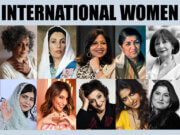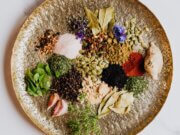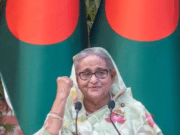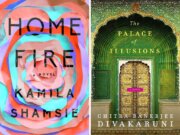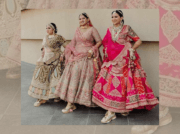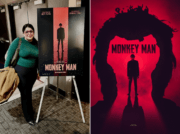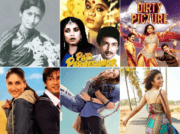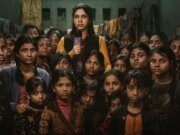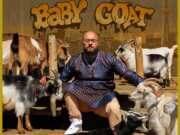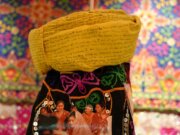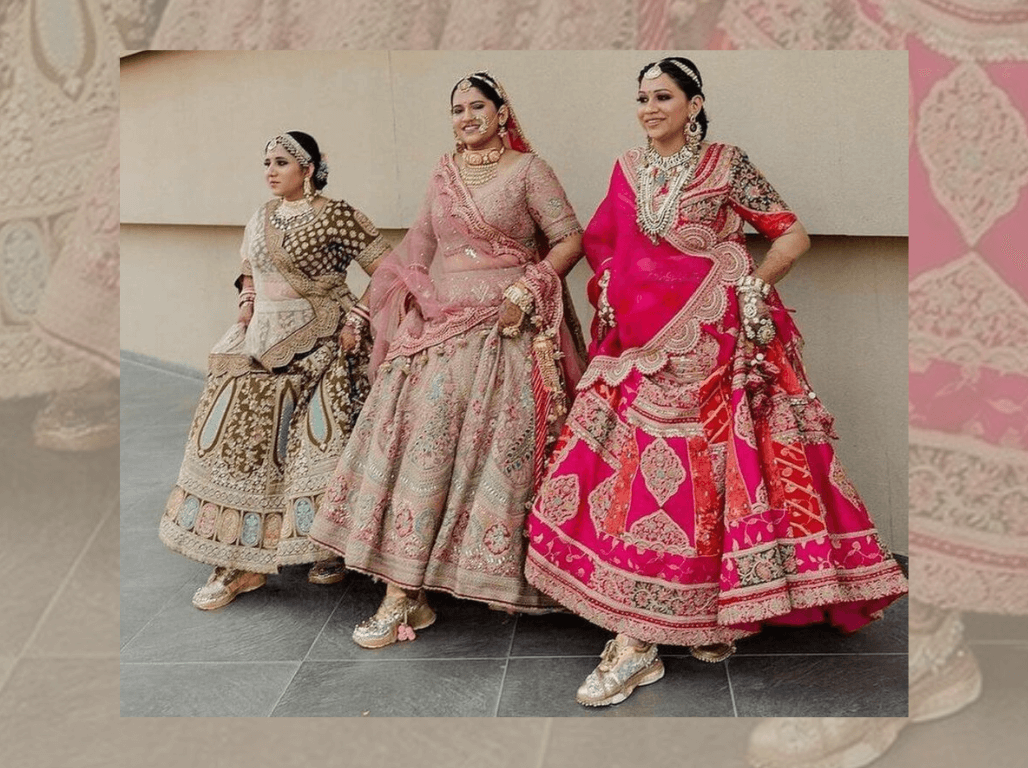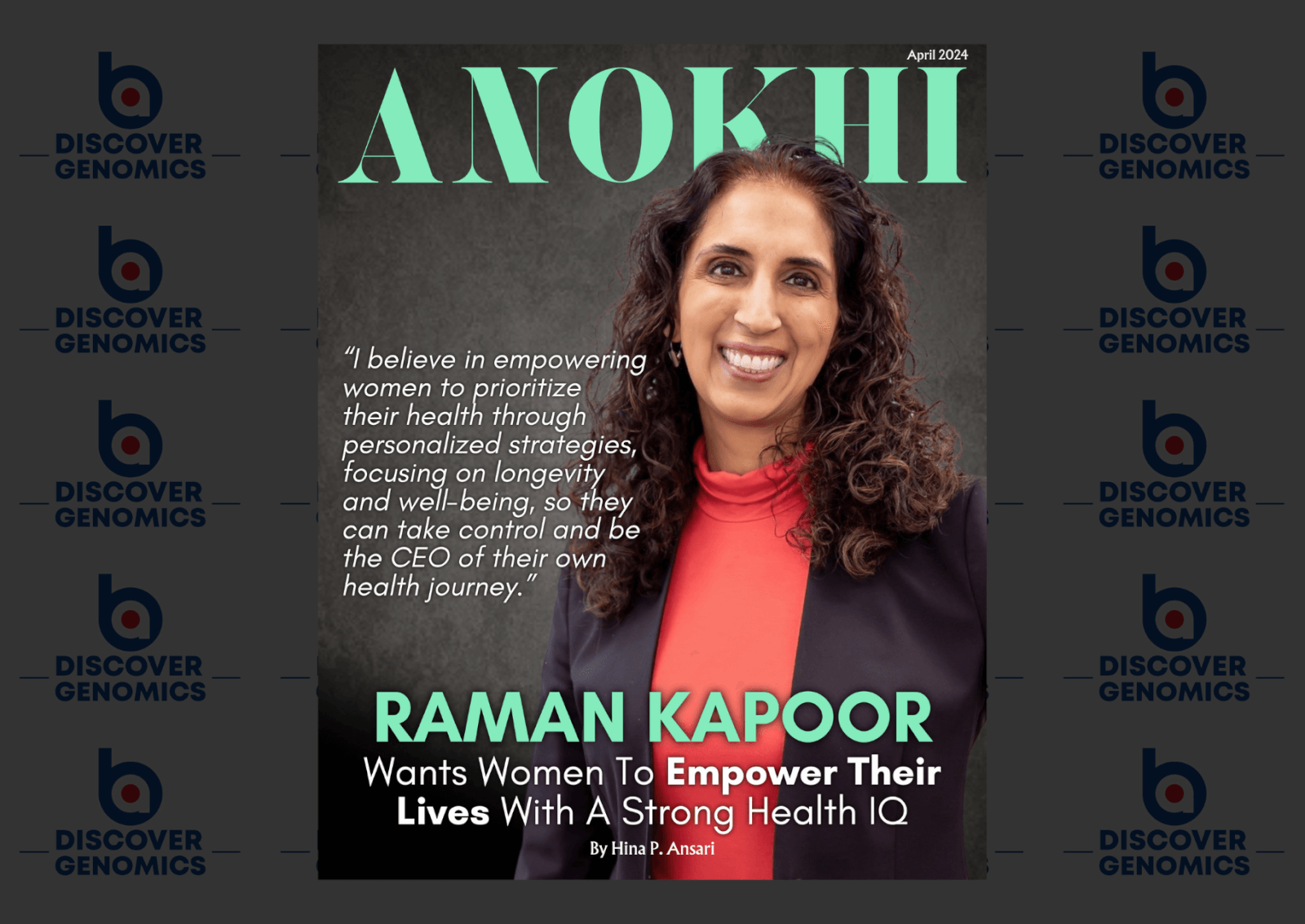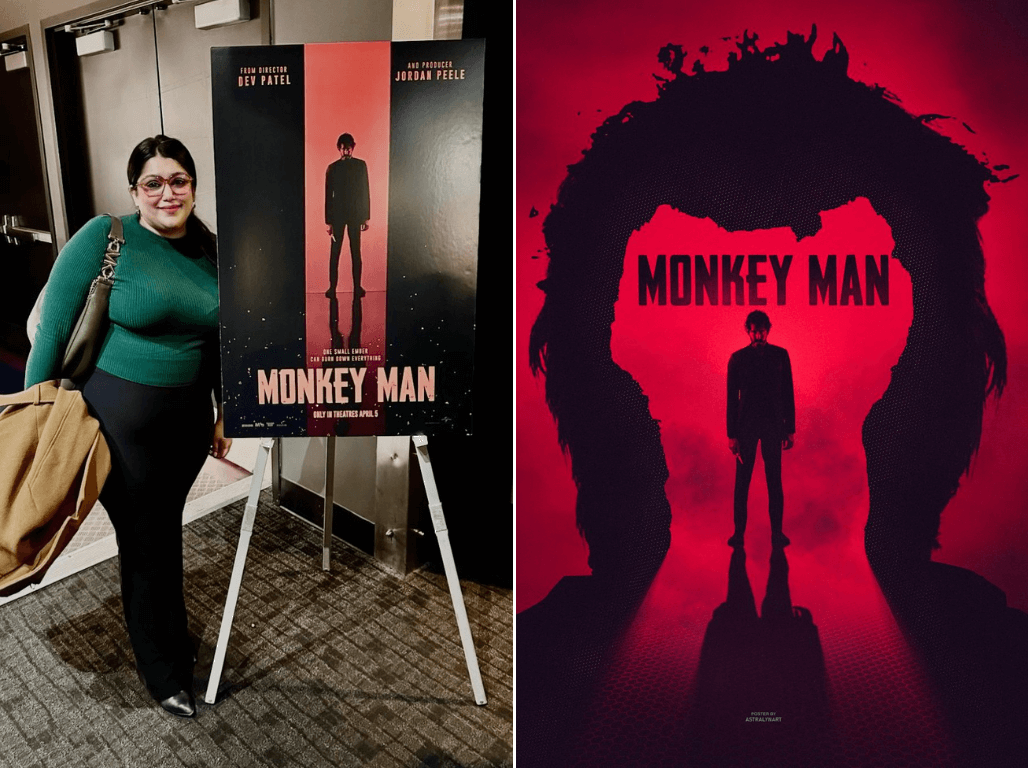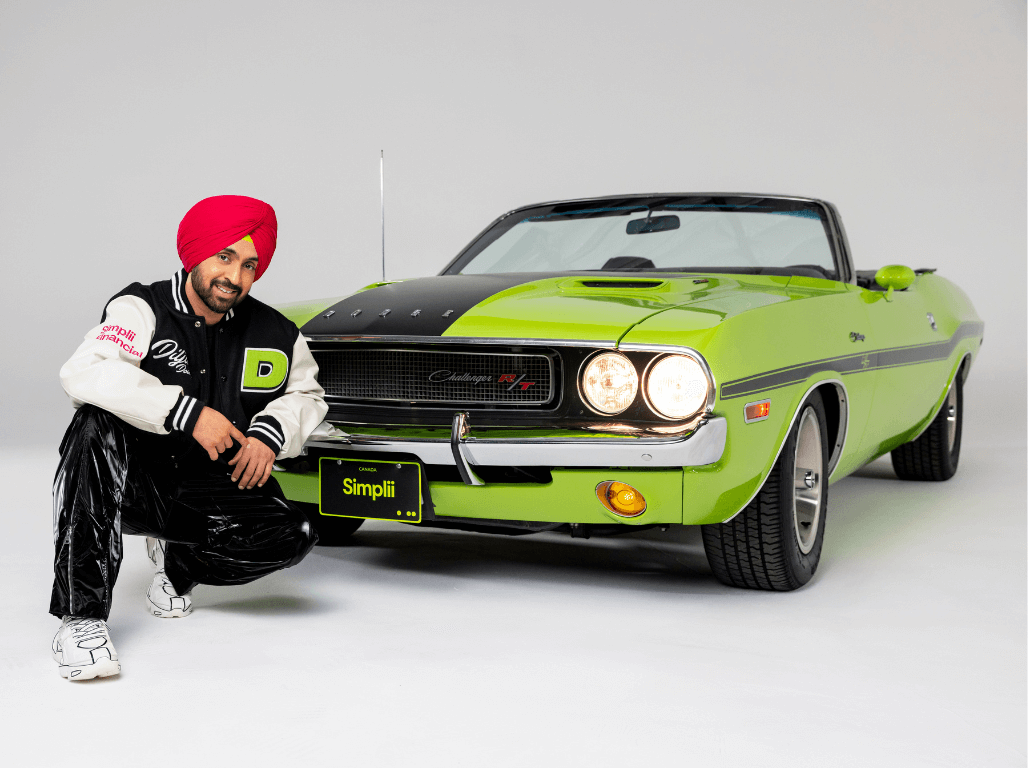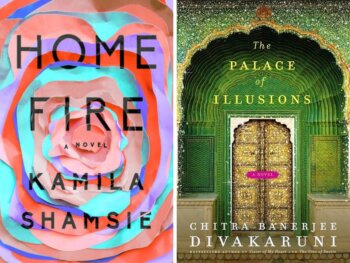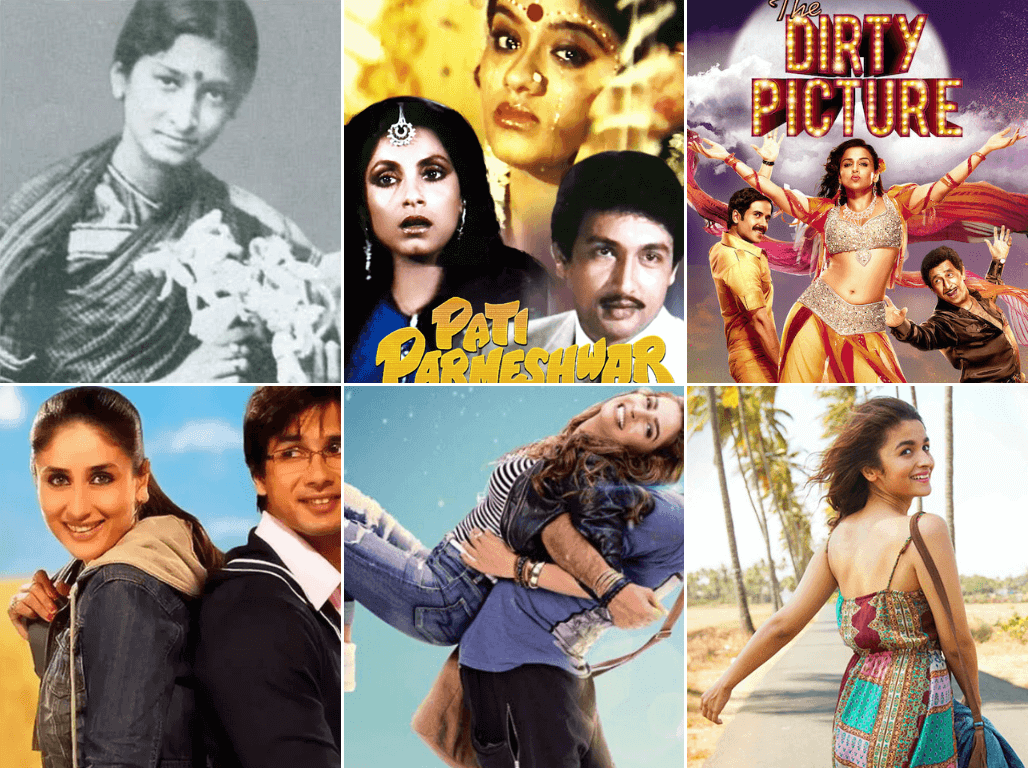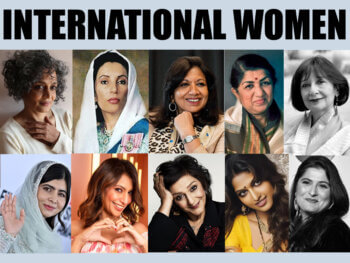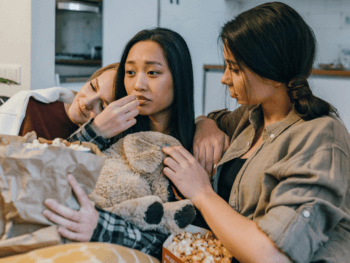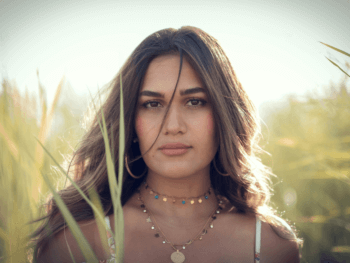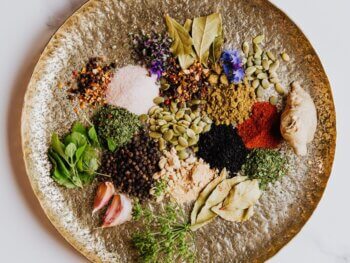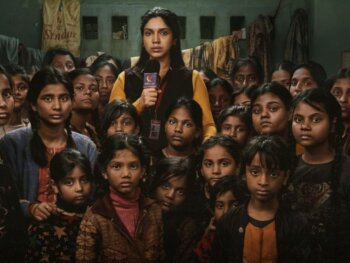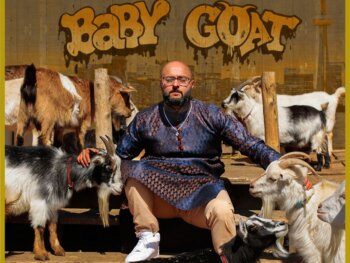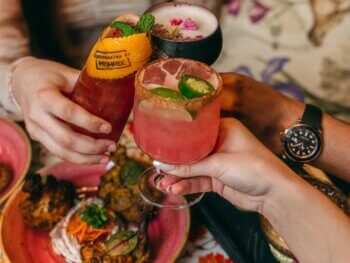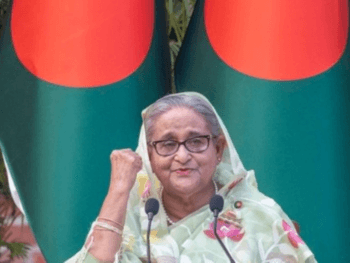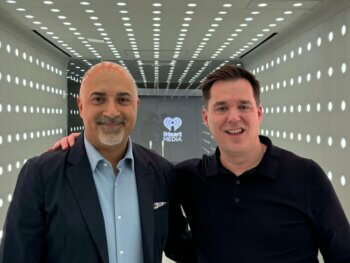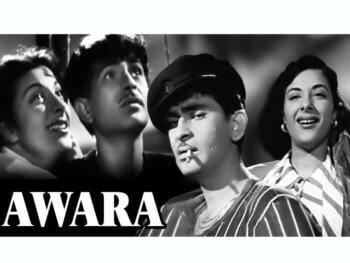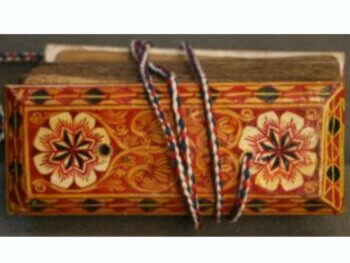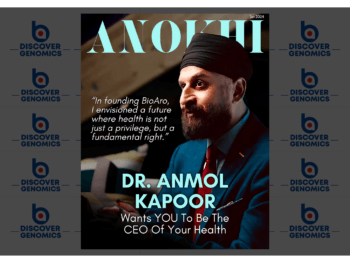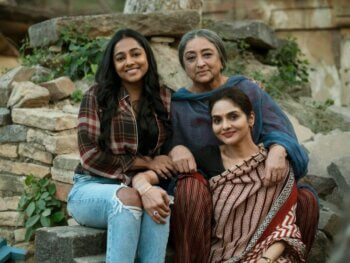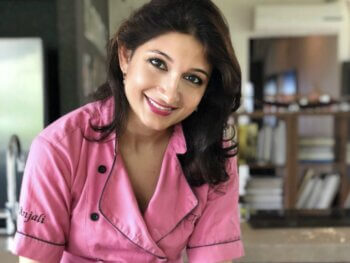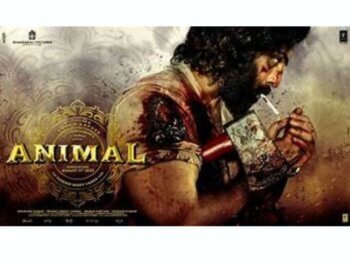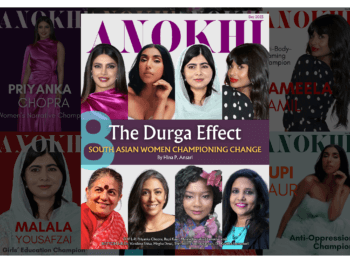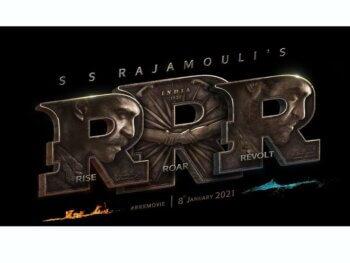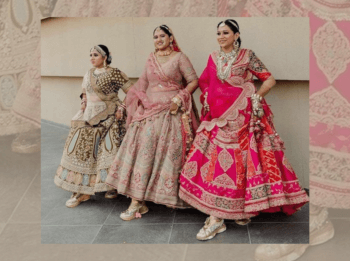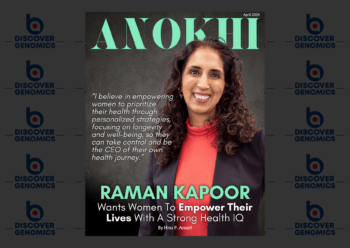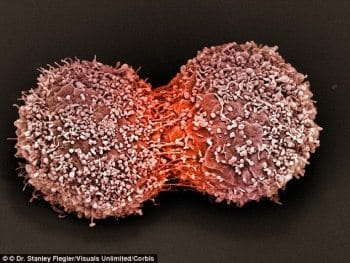
Diagnosed with Stage 4 breast cancer, 56-year-old Luxury Realtor Tuni Singh spoke to ANOKHI MEDIA on how she believes big Pharma and traditional medical treatments limited her choices for survival.
As Told to Wendy Kaur
Ever since she was a little girl, life has been a series of contradictions for Hallandale Beach, Florida-based, luxury realtor Tuni Singh. Indian-born and Sikh, Singh was raised in the vastly-different state of Virginia since the age of six. “I came to the free land from a traditional and typically-restrictive culture that didn’t exactly endorse a sense of freedom,” she tells me. “We were dark skinned and came to the U.S. in the sixties.” At a time of civil unrest, “my dad wore a turban in the South.”
But amidst these contradictions was another one: “I come from a family of five girls and we were taught to be activists from parents who were leaders in the community.” The battle of balancing a religion and culture that were in essence, diametrically-opposed to each other, was the norm. “Sikhs are fighters. We fight for justice. That’s how my parents raised us. They taught us to question and not be afraid and to believe in ourselves. We were known as the ‘The Virginia Girls.’”
This theme of contradiction threaded itself throughout Singh’s life when she opposed her culture by falling in love with a Caucasian Navy man at the age of 20 while in college at the University of Virginia. “We weren’t allowed to date, I wasn’t allowed to go out. So I broke culture and ran away to get married. I was the oldest of five girls so it was tragic for the community. My parents were shocked but they supported my decision. We actually ended up having a big Indian wedding a year after my court marriage.”
Singh moved to California, but two years later, she broke culture again by getting divorced: another hit to the community. “We were young and he was in the Navy so it was hard. So here I was at 23 — heartbroken and a pariah in the community.” Twenty years later, at the age of 43, Singh married again, a Caucasian man and CEO of a couple publicly traded companies. This time, she moved to Florida.

Ten years later, in September 2014, Singh was diagnosed with Stage 3 breast cancer. “There’s no history of breast cancer in my family. Prior to this I had been feeling really worn out — just foggy and I couldn’t think clearly. And depressed.” She thought it was peri-menopause so she started getting a treatment called Bio-Identical Hormone Pellets by Sottopelle. It’s supposed to make you feel more youthful. I did a lot of research on it — I didn’t just automatically get it done. A friend also gave the treatment a glowing recommendation.”
The first time Singh was injected with the treatment, she did feel a lot better. Six months later, she got it done again and it didn’t seem to work. “The third time I got it done, it was almost like an allergic reaction at the site. I called my OBGYN and my doctor at first told me not to worry and that it would be fine. I waited a couple weeks and called again and said ‘Listen, can I send you a picture?’ I don’t think this is right. It’s swollen. But the doctor blew me off again. So then, three or four weeks in, I felt a lump and all of a sudden this lump just started taking off like it was on fire.”
Singh had been getting mammograms. “I had fibrous dense breasts. I was getting mammograms and pap smears and so forth. I called the doctor and said I feel a lump and then of course the doctor told me to come in.” He sent Singh to get a mammogram and ultrasound. On September 29, 2014, Singh was diagnosed with Stage 3 Invasive Lobular Carcinoma ERPR Positive. She believes her cancer could have been avoided had her doctor known and explained the importance of progesterone in balancing the estrogen to prevent cancer. Interestingly, Singh says when she received the news something inside of her just said “Thank you. I didn’t cry. I wasn’t emotional. I knew, if God gave me cancer, it was for a reason. There was no way I should have had it. So I never felt bad about it.”
Her surgical oncologist told her to start chemotherapy, saying “We need to start your chemo. We need to start your chemo.”
“It felt like a car salesman selling to me. There was no compassion. There was just something so unsettling about the whole interaction that I said, ‘Am I dying today?’ She said no. ‘Am I dying tomorrow?’ She said no. And I said, ‘Great. Then I’ve got time. I’m going to do my research.’” She hopped off the table.
“I’m a luxury realtor by profession. My entire livelihood is based on the correct interpretation of data. That’s how I’m able to guide my buyers and sellers. I can look at the data and research and interpret correctly before it happens.” Singh applied this logic and research to her cancer and health. “The first thing I did was I called up my herbalist and told him I was diagnosed with breast cancer. He told me to go alkaline right away. I had to take my body from acidic to alkaline as quickly as I could. He gave me all the vitamins and herbs to help build my immune system and bring my body to the right PH.”

“And then it was the weirdest thing. Out of the blue, I received a book in the mail entitled, Outsmart Your Cancer by Tanya Harter Pierce. I have no idea to this day who sent me that book. I had already set up an appointment with another oncologist and in the meantime I was reading everything I could. The second oncologist told me something very different. He said, ‘What is that oncologist telling you? I trained her and she knows that chemo will not work on your exact type of cancer. I’m going to have to call her.’ So now I have two surgical oncologists telling me two totally different things.”
The original oncologist was telling me to start tamoxifen right away and that I needed to consider getting a hysterectomy to stop hormone production — but something inside of me just said no. I felt that the doctors were basically asking me to mutilate my body while my herbalist was telling me to go alkaline right away and start building up my immune system. The second felt intuitively right to me.”
In addition to going on an alkaline diet and immune-building enhancements, Singh started looking into marijuana oil as a potential healing agent for cancer, and she read many case studies of medical marijuana. Through a friend of her sister, she was able to have marijuana oil made for her— in Virginia no less, where it’s illegal. She was doing a lot of other things during this time such as reading The Emperor of All Maladies by Siddhartha Mukherjee which talks about the history of cancer treatment, and it was a real eye-opener for her. Singh began to get the sense that cancer treatment had not been vetted correctly. It seemed that clinical studies and trials weren’t done in the beginning.
“The chemo was a chemical agent which made for war and they noticed it did something to the bone marrow,” she says. Meanwhile, Singh’s family was pressuring her to get a mastectomy and were very worried that she wasn’t listening to her doctors. She relented and allowed her sister to make an appointment at the Moffitt Cancer Center in Tampa, Florida. “By this time I was spending every waking minute researching, sending out emails to cancer researchers, reading studies and learning about how cancer numbers are fudged and skewed.” She saw an oncologist at Moffitt and said, “I will do exactly what you tell me to, but I want you to do a couple of things for me.

First, I want three of your patients who have done what you have told them to do in terms of treatment and have lived ten years or longer. Because the cancer guidelines — they figure a five-year survival number which is ridiculous. The numbers are ridiculous. The five-year number they talk about isn’t five years from the date of remission — it’s five years from the date of diagnosis. Why is cancer success measured that way? Most people don’t even understand that. I mean it’s survival number due to treatment, right?” Singh told the oncologist that she didn’t want the five-year number. “I can survive five years on my own.” The oncologist agreed at the time. “Needless to say, I’m still waiting. No one called.”
The second thing Singh asked the oncologist for was the SEER Number – the Surveillance Epidemiology and End Result study numbers on her prognosis. “There’s a SEER database that doctors can log into. I’m not sure but I think regular folks can log into it as well.” The oncologist put in Singh’s information (53 years old, Stage 3 Breast Cancer, no history of cancer, ERP2 positive). Singh again asked for the 10-year number. “The oncologist looked at the screen and visibly backed up. She was shocked and said there was something wrong. So I said, okay do it again. She did and basically the result was that if I had gotten the mastectomy, in ten years I would have an 80 per cent chance that I would still be sick if I was even alive. She said, that’s because she needed to put the chemo number in. I didn’t do the chemo, but the chemo number would have only given me a three per cent bump. So what most people, I feel, don’t understand that chemotherapy will give you maybe a three per cent therapeutic bump. I looked at her and said, ‘Based on those numbers, the question isn’t why I won’t do your treatment, but why are you even recommending it?’”

Singh has never had a mastectomy. “The reason why is because from the studies I’ve read on advanced breast cancer and large tumor size is that when you cut into the tumor, that’s when the cancer is open and can spread throughout the body. My cancer was five to seven centimeters at that time. I wasn’t going to get a mastectomy, because from where I was sitting, the tumor was actually acting as an encapsulating mechanism holding the cancer in place. If I cut it, then I risked having it spread. It was already in my lymph nodes because I was already Stage 3. I wanted to keep it encapsulated.”
Singh has been researching immunotherapy and went to the Bahamas for immunotherapy treatment “where they use a laser and vaccine and were seeing amazing results.” But she was disqualified from the treatment because her tumor had gotten too large. Marijuana oil wasn’t legal in Florida at the time, she says, so she went to Arizona and she saw a naturopathic oncologist there. Singh also got her medical marijuana card in Arizona and was able to get it made for her. She was in touch with many researchers including a major researcher in MJ [Marijuana] oil at the University of California in San Francisco who gave her clinical studies to review.
Singh says she worked herself up to a gram a day and was doing a plant-based organic diet that included juicing and smoothies. “I never felt healthier. But when I started on the MJ oil, it knocked me out. It’s not the vision most people have about smoking pot,” she laughs. In order to measure the efficacy of the oil, Singh did a circulating tumor cell count four weeks into the treatment. “Within 5 months, my circulating tumor count (CTC) went from four million to 1,225,000. That’s huge because the circulating tumors in your bloodstream are what spreads the cancer. Here’s the thing: conventional cancer treatment doesn’t measure CTC before declaring remission. Because if they did, it is my opinion and I’ve asked them to test it, they would never be able to declare anyone in remission.”

By this time, Singh’s second marriage had broken up “basically as soon as I was diagnosed with cancer” and her sister from Los Angeles would go back and forth to Florida to check in on her as the effects of the MJ oil were strong and left her sleeping for days sometimes. Singh went off the MJ oil in order to clear her head amidst a messy divorce. Her first husband, Robert, got in touch with her after finding out from a mutual friend of Singh’s condition, and they reconnected and he has been by her side since. Her family was very concerned for her and she agreed to light chemo for their sake. “In retrospect, I think the tumor CTC counts were going up because it was working. It was shedding and sloughing off but I didn’t know that at the time.”
Singh says it was at this time that she went from Stage 3 to Stage 4. “I don’t know if it was the chemo that did it, or getting off the MJ oil, or the stress of the divorce and no money.” Her doctor in Arizona at this time said there was nothing he could do for her. At the encouragement of her sisters, Singh went to MD Anderson Cancer Center in Texas. Even though she couldn’t go back on the MJ oil as Texas laws are very stringent, Singh was adamant about not doing any chemo.
Initially her CTC counts went down but soon they started going up again. The doctor here said the same thing: that there was nothing they could do for her.

“It is my belief and opinion that cancer centres keep their survivor numbers high and they’re standing rank — not because they’re helping people — but that they will kick you out if they think you’re going to die. In March of 2016, Singh went to Sylvester Cancer Center in Florida who wanted her to do chemo and again, Singh said no. She was at a stand-off with her doctor there for four months. “They offered me no other treatment.” Singh went back to the Bahamas and saw a doctor who gave her Rigivir which has been used in Latvia for twenty years and immune system builder GcMaf. “The problem was I couldn’t stay in the Bahamas because it wasn’t a long-term clinic.

When I came back to the U.S., the treatment worked too well and I went into tumor lysis. That’s where the cancer breaks down too quickly and your body can’t get it out. I was totally out of it and they were giving me IVs everyday to keep me alive.” They gave her chemo at Sylvester Cancer Center which was when she lost part of her hair. “The numbers only changed by 55 points. This is a really important number to remember. When I finally came to, I said I’m going to Arizona to see the naturopathic oncologist there and see what he suggests. When I did, this doctor was shocked. He said I was doing such an elegant recovery before. I told him they wanted me to do a gene panel there and he wanted to see it. He saw it and laughed.”

“He said, ‘Tuni, they gave you a 16 gene panel which is nothing. He said gene panels go 300 and up.’ Basically, they did a precursory gene panel and that was it. He told me to demand a Foundation 1 Test and a more thorough gene panel and they should cross-match it with treatment.” After recommending other tests, Singh was able to get a Foundation 1 Test from the doctor who said there wasn’t anything he could do for her. She also went for a second opinion to the Cancer Treatment Centers of America.
By this time, I’ve done eight thoracentesis — that’s where they take water out of your lungs because you can’t breathe. I was dying. Finally they put a catheter in my side. I was draining 500mL of fluid out of my lungs every day and they wouldn’t offer me a different treatment. I went back to CTCA to get a second opinion and in the meantime the Foundation 1 results came back. I went to the naturopathic oncologist’s office in Arizona because he knew someone who could send the results directly to him. There was no chemo indicated for treatment! It was all anti-hormonal. Take that in.”
“I had two oncologists telling me to do chemo. And when they did the genetic profiling of my particular cancer and cross-matched it with treatment, there was no chemo indicated. It was all anti-hormonal. From the day I started the Foundation 1—recommended treatment, contrary to all the oncologists, within three weeks my lungs healed and my catheter came out. Within three weeks I was off all the pain meds. And to think they were going to give me a nerve-block to stop the pain. Within five weeks of the Foundation 1 test treatment, my CA15-3 (a cancer marker which the hospitals use to test)—went from 510 to 159. Within 90 days it went to 90. Why doesn’t every cancer centre, every oncologist, because they know this test exists, do it before they guess? It takes all the guesswork out of treatment. I believe cancer treatment is not about treatment. It’s about the money. I don’t fault the oncologists because they’re fed the Kool-Aid but they don’t question.”

“Basically the whole premise of my story is that in my opinion and in my experience, the entire cancer industrial complex is wrong on treatment. The Cancer Industrial Complex is the pharma industry that makes huge money from drugs, chemo treatment and then funds teaching hospitals, research hospitals, that set the standard of care guidelines. It’s a huge business. I want to share my story to educated others. It’s totally personal for me,” she says with emotion.
How is Singh doing now? “The thing with cancer treatment is that it’s not a logical treatment — your body will build up resistance to it. That’s why there’s so much recurrence with cancer. Firstly, I feel that they don’t check the CTC count before they declare you in remission. Secondly, your body will build up resistance to whatever you’re taking. The cancer is very smart — it will start advancing again. Right now, there’s a clinical trial where they’re making a vaccine based on my particular cancer.” Singh believes the funding has to go to finding the real cures for cancer and not throwing good money to bad.
She’s shared her story in Facebook groups such as Fighting Breast Cancer with Cannibus. She’s currently fighting to legalize marijuana oil in Virginia, which failed recently again. Her 82-year-old mother led the fight because at the moment, Singh is in too much pain to travel. “It breaks my heart that there isn’t more support for patients suffering from diseases.” Her biggest supporters are her soulmate Robert L. David and her mother who is her rock. “They have been unwavering in their advocacy and support.” She hopes the vaccine trial she has been admitted to, works. “Immunotherapy was my answer at the beginning and hopefully it will lead to the cure that I have known would be there all along.”
Main Image Photo Credit: Daily Mail
Wendy Kaur
Author
Wendy Kaur is a fashion, beauty and lifestyle writer and journalist who specializes on covering luxury brands, notable names in historical and high jewellery, and profiles on acclaimed personalities. Her portfolio includes the Robb Report, FASHION, NUVO, Flaunt,<...
COMMENTS
YOU MAY ALSO LIKE
Newsletter Sign Up
Subscribe to our FREE newsletter for all of the latest news, articles, and videos delivered directly to your inbox each day!
